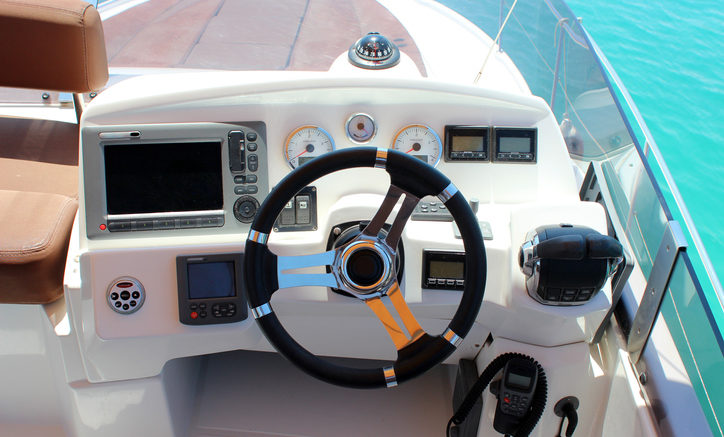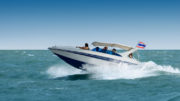When you start getting into the world of boating, you’ll learn all sorts of things you never knew before. That’s part of the fun of it. Sometimes you’ll find challenges you didn’t expect. One of them is that a lot of boats run 220 volt power, instead of the 110 volt power we use in the US. It’s because a lot of boat builders are overseas, and 220 volt has become more of a standard for boats because more countries use it.
Is 220 volt power dangerous?
In the US, we associate 220 volt connections with heavy duty electrical appliances like dryers, air conditioners, and ovens. Their plugs are gigantic and there’s a real feeling that you shouldn’t touch them unless you know what you’re talking about.
However, in other countries, 220 volt is used for literally everything from cell phone chargers to lamps. 220 volt power isn’t dangerous by itself. Instead, it’s the amount of 220 volt power you have. There’s an old saying, “it’s not the volts that will hurt you, it’s the amps.” This is 100% true. Generally, US 220 volt connections are 40 amps or higher. However, regular devices would never draw that many amps and Euro-style 220 volt outlets have very small circuit breakers, typically 5 or 10 amps, so that the current stays safer for you. So don’t worry. Just because it’s 220 doesn’t mean it’s going to kill you. Just be careful with all electricity and you’ll be fine.
Can you convert from 220 volt to 110 volt?
Anyone who’s traveled to Europe will tell you that of course you can. But there are three different devices you need to be aware of. Using the wrong one will potentially hurt your devices, or hurt you.
Travel adapters
Typically, the smallest and cheapest devices are called travel adapters. All they do is really change the shape of the plug so it fits in the socket. This is fine if the device you’re plugging into them can use 220 volt power. The key is to look somewhere on the device. It will tell you the power draw. A device that says “input: 110VAC” is only going to accept 110 volts. However, a lot of power supplies will accept variable voltage. Look to see if the device says something like “110~240VAC.” This means you’re safe to use a travel adapter.
Voltage converters
The more expensive things you’ll find on most e-commerce sites are called “voltage converters.” They will actually convert 220 volt power to 110 volt for you. The problem is that most of them will only work for about 30-40 minutes at a time. Generally these smaller devices are supposed to be used for a short period. They don’t have any sort of cooling, and so they overheat quickly and shut off. They can be used again when they cool down, but this isn’t a good choice for something like a TV or satellite receiver because you’ll probably want to use those things for more than half an hour at a time.
Step down transformers
What you really want to look for is something called a “heavy duty step down transformer.” These devices are about the size of a large book, generally fairly heavy, and often have internal fans. They will let you connect to a 220 volt power source for a long time without any problem. Typically, you’ll pay at least $150 for these things, so if you’re thinking of paying less, you’re probably not getting a true step down transformer. These things are intended to be put in place permanently, and generally if you get the right one, it can power everything in the room.
Figuring out how much wattage you need
Step down transformers are generally rated in watts. In order to know what you need, you need to know the draw in watts of everything you’re going to plug in. Some devices will give you that information somewhere near the power cord. Others will quote a draw in volts and amps. In some cases you’ll need to look on the internet for this information.
If all you have is volts and amps, it’s easy to convert to watts. Just multiply volts x amps. If you have a device that uses 110 volts at 2 amps, that’s 220 watts. 110 x 2 = 220.
Add up the watts for everything you have and buy a step down transformer that will handle at least that many watts. It’s that simple.
Need more help?
If you need help with anything in your boat’s entertainment and communications systems, call us! The representatives at Signal Connect will be happy to help. Even the call is free. Call 888-233-7563 during East Coast business hours. If it’s after hours, fill out the form below. We’ll get back to you, usually within one business day.





